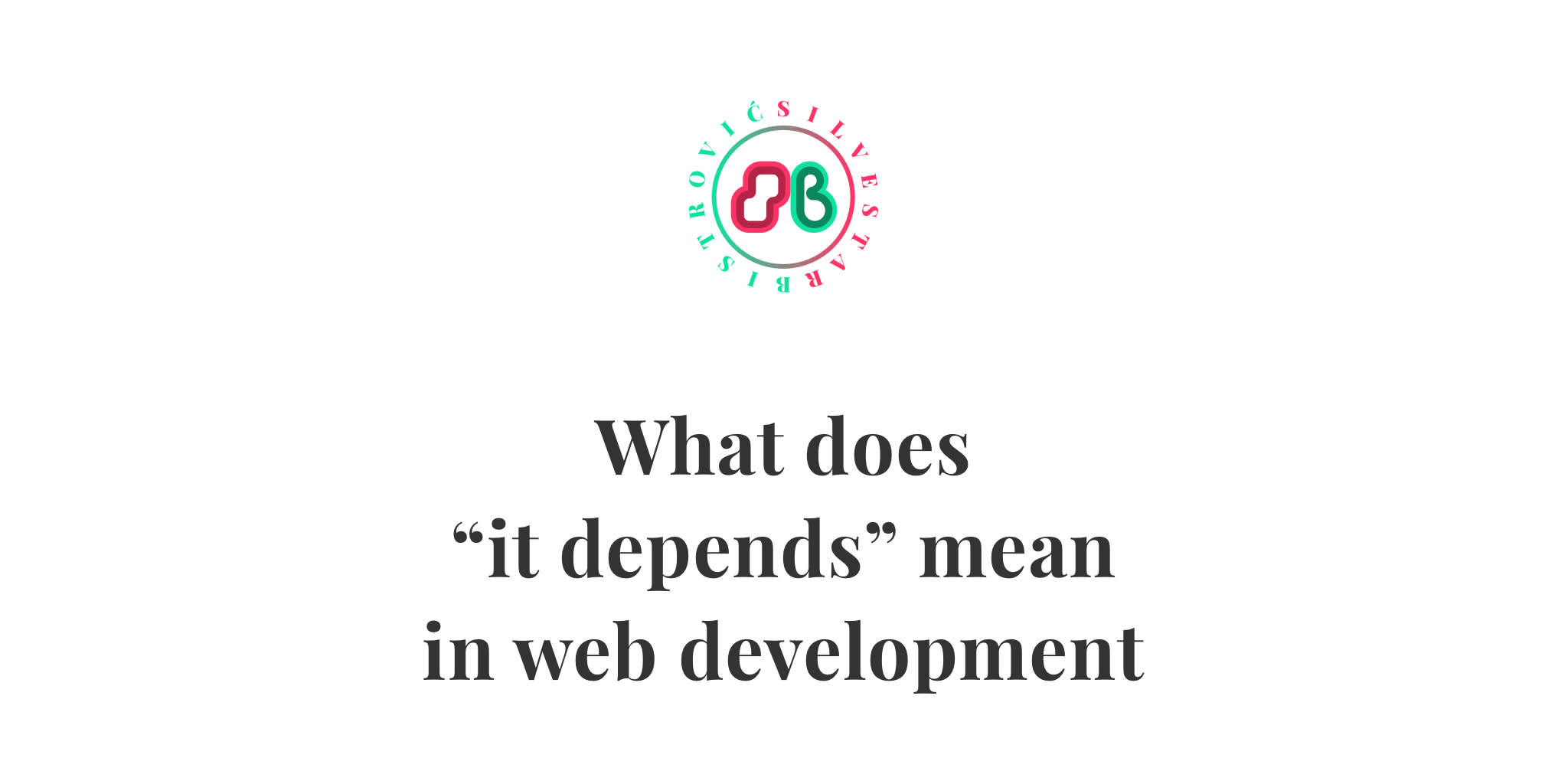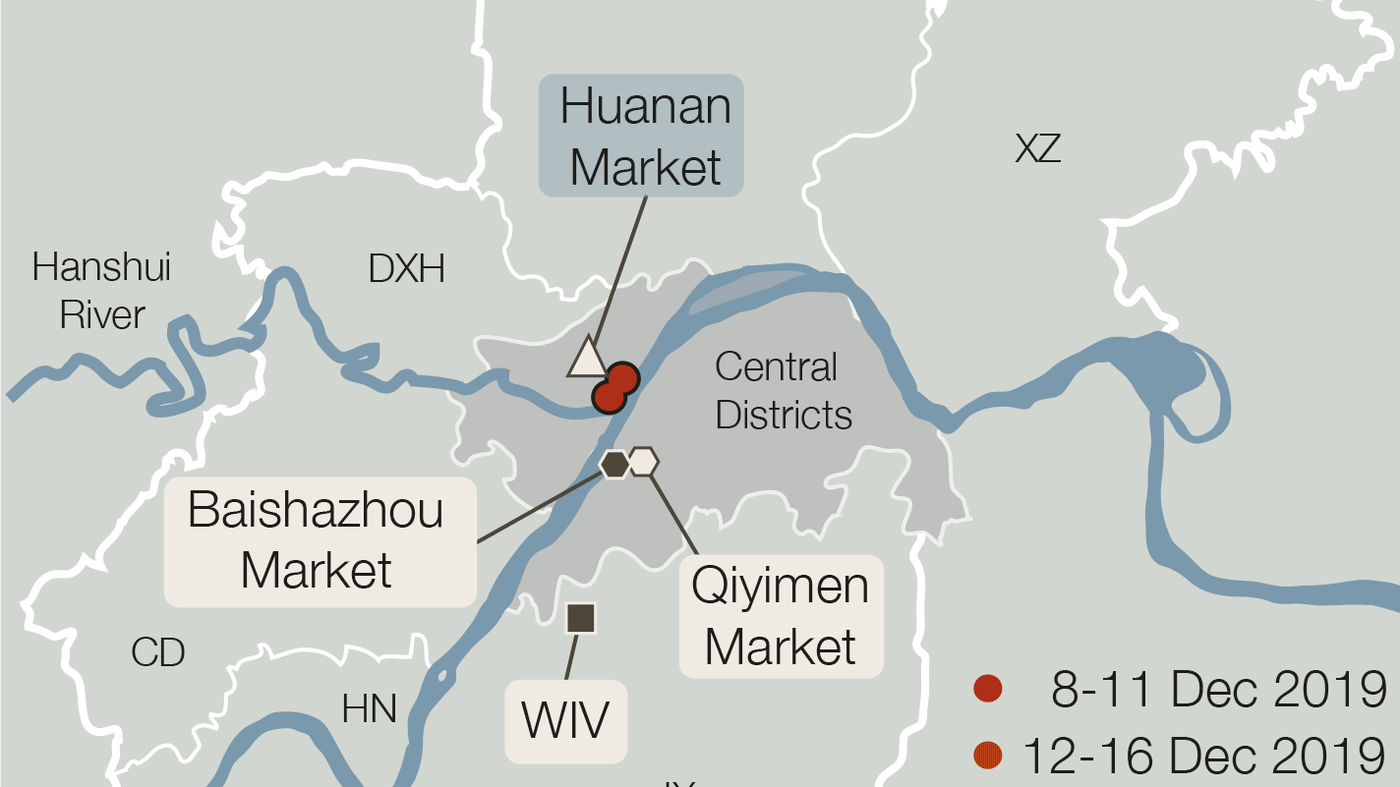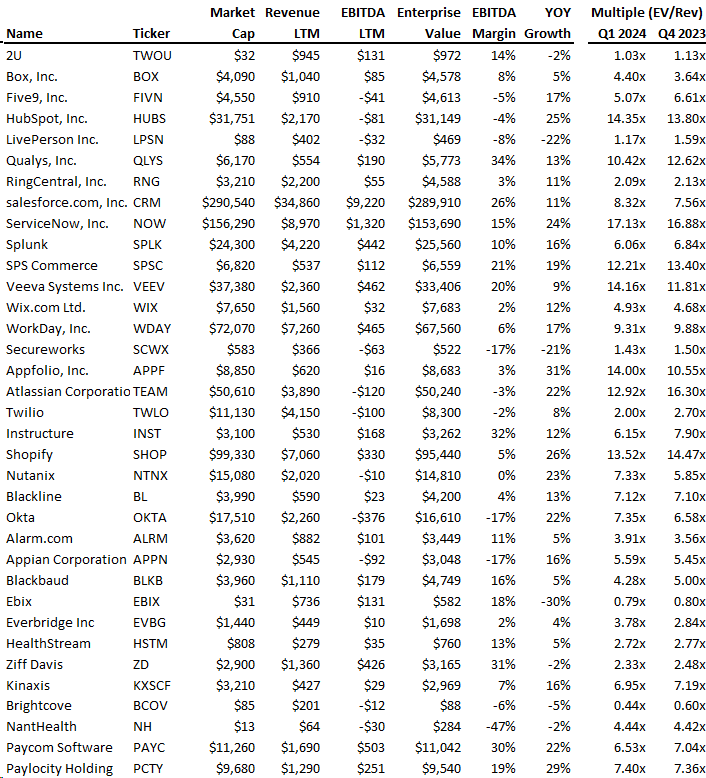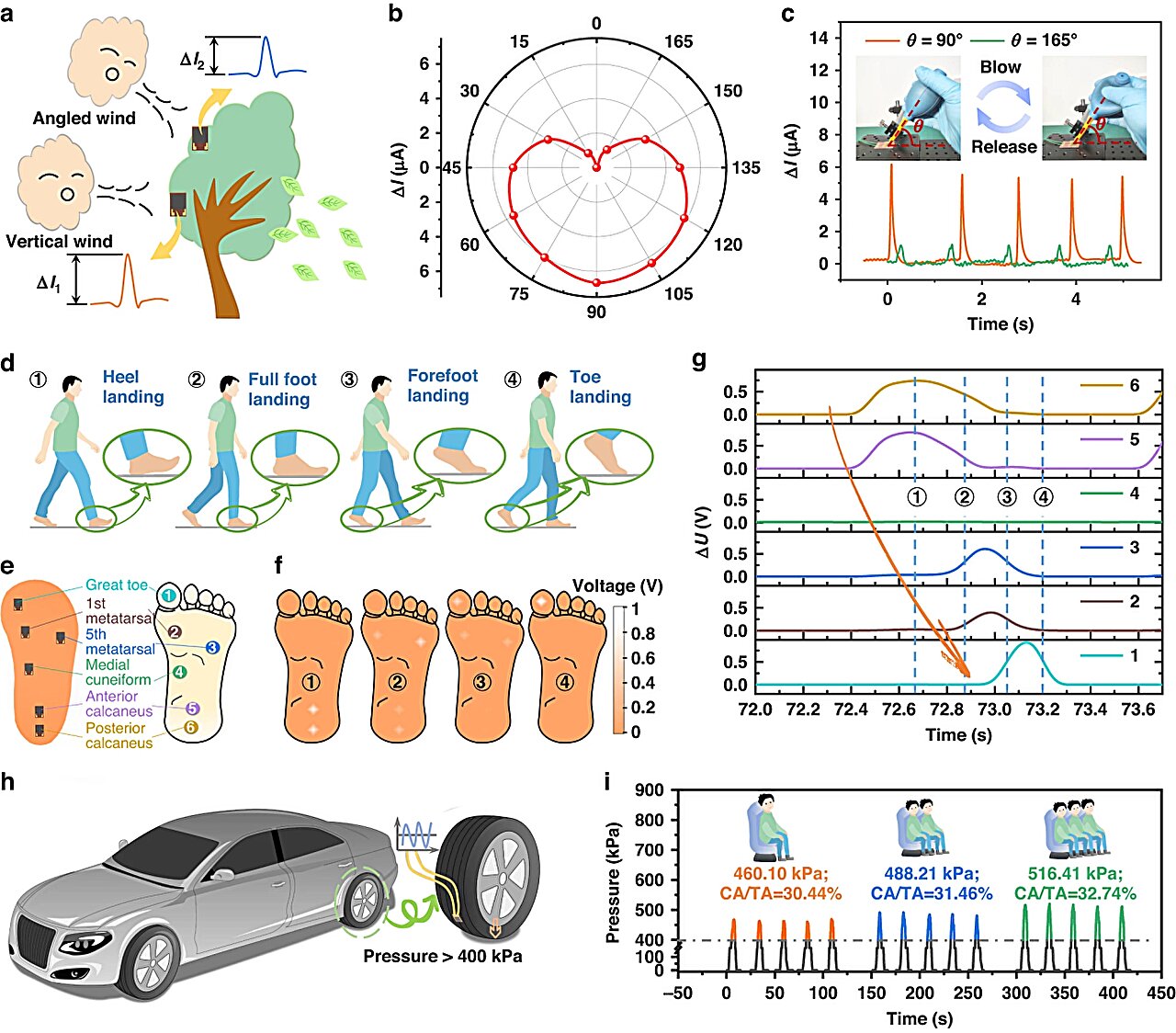
How Description Leads to Understanding
It can be difficult to stick with describing something completely and accurately. It’s hard to overcome the tendency to draw conclusions based on partial information or to leave assumptions unexplored.
Some systems, like the ecosystem that is the ocean, are complex. They have many moving parts that have multiple dependencies and interact in complicated ways. Trying to figure them out is daunting, and it can seem more sane to not bother trying—except that complex systems are everywhere. We live our lives as part of many of them, and addressing any global challenges involves understanding their many dimensions.
One way to begin understanding complex systems is by describing them in detail: mapping out their parts, their multiple interactions, and how they change through time. Complex systems are often complicated—that is, they have many moving parts that can be hard to identify and define. But the overriding feature of complex systems is that they cannot be managed from the top down. Complex systems display emergent properties and unpredictable adaptations that we cannot identify in advance. But far from being inaccessible, we can learn a lot about such systems by describing what we observe.
For example, Jane Jacobs’s comprehensive description of the interactions along city sidewalks in The Death and Life of Great American Cities led to insight about how cities actually work. Her work also emphasized the multidimensionality of city systems by demonstrating via description that attempting to manage a city from the top down would stifle its adaptive capabilities and negatively impact the city itself.















/cdn.vox-cdn.com/uploads/chorus_asset/file/25417835/51684715392_2615642caa_o.jpg)



